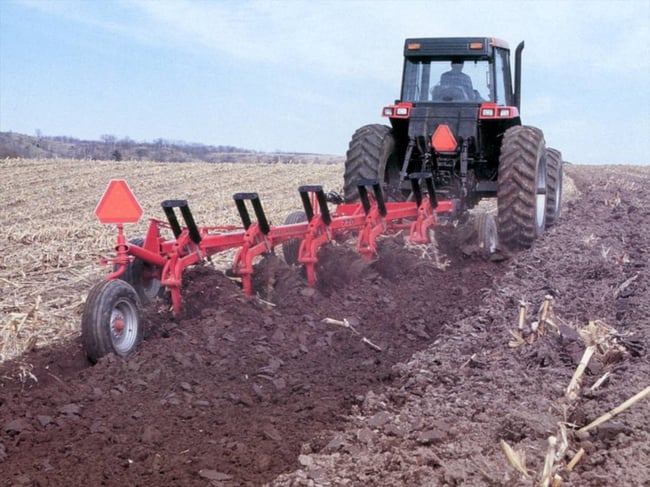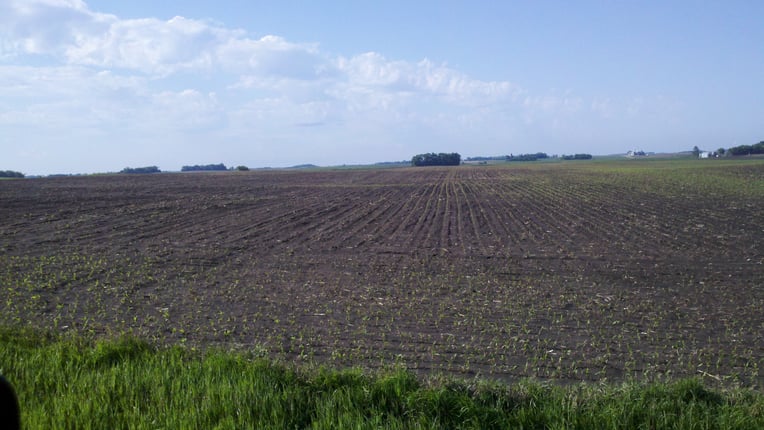Field View: Reducing Tillage Key to Protecting Soil

Here is something that has really caught my attention lately and is a cause for some concern, whether you are a farmer or a landowner, or anyone that likes to eat, really. Some farmers are still using the moldboard plow. For those of you who don't know what that is, just know that it takes the top foot of soil, and turns it completely over, burying everything that was on top, and leaving black, un-anchored exposed soil open to the elements.
The moldboard plow is a tool that has been vital to the history of American agriculture. It is how John Deere made a name for himself in creating the first one that really worked well, spawning what the green and yellow behemoth has become today. It is what the pioneers used to plow virgin prairie with one bottom drawn by a horse, and let me tell you, that had to be unimaginably hard work. Before we had effective weedkillers, hybrids that are disease tolerant, and GPS guided equipment, someone could make a plausible argument that it was still a necessary tool at times in the northern Midwest.
Today, in 2015, it is a tool of degradation, and one that can be replaced and retired. It is a tool that causes losses of our most precious, relatively non-renewable resource we have, the soil. Try and go through a day and not consume or use something that originated in the dirt. Most of us would have failed at breakfast.
During the dust bowl of the 1930's in the plains, they raised wheat. Using practices of the time, before every wheat crop, they plowed. They exposed unstructured, bare soil to the elements. When the first drought of the 30's came (they hadn't experienced one before) their seeded wheat crop failed. So what do you do with barren soil that had nothing but failed seed in it? Plow it, and then repeat the next year after another drought induced failure. So when the teeth of that drought set in, the soil laid there in the consistency of baby powder, not anchored by living roots. Then the winds came. The rest is history, and a reminder that we need to be smarter. Even further north in our part of the world, we have lost FEET of the richest topsoil in the world, and it isn't coming back. We have, on average, a foot left, although that varies by geography.
It is for these reasons that we started changing our ways 4 years ago, and try to get even better with our conservation practices every year. We certainly aren't perfect in this regard. In the pictures here, you will see my corn field with standing corn residue between the rows of young, healthy corn. In the second picture, taken the same day, across the road, you will see the results of moldboard plowed soil being driven by a 30 mph wind like a sandblaster. It cut the corn off at the ground, and the field had to be replanted. The last picture is what it looked like in Oklahoma during the 30's when their topsoil up and left.



I am not saying everyone that still uses plows are bad people, farmers or any other sort of slander. What I am saying is that we all need to be aware of this real threat to a growing global population, and that I hope those with the power to influence how our soil is cared for would take pride in that role and make a difference for the better with their choices.
Read more of Ben's ETS guest posts:
Comment